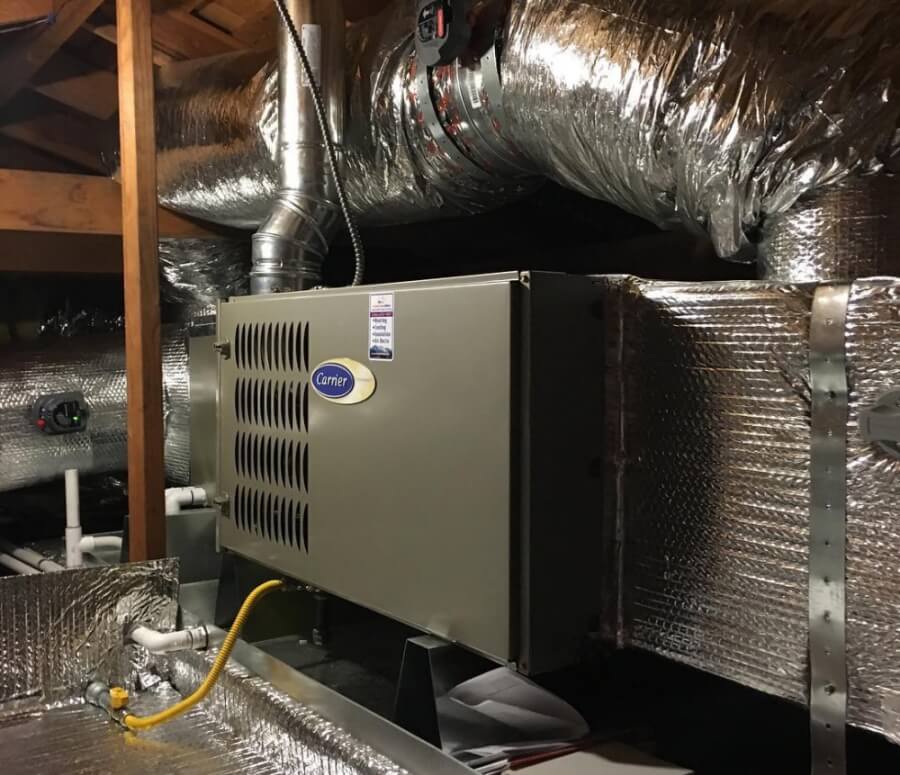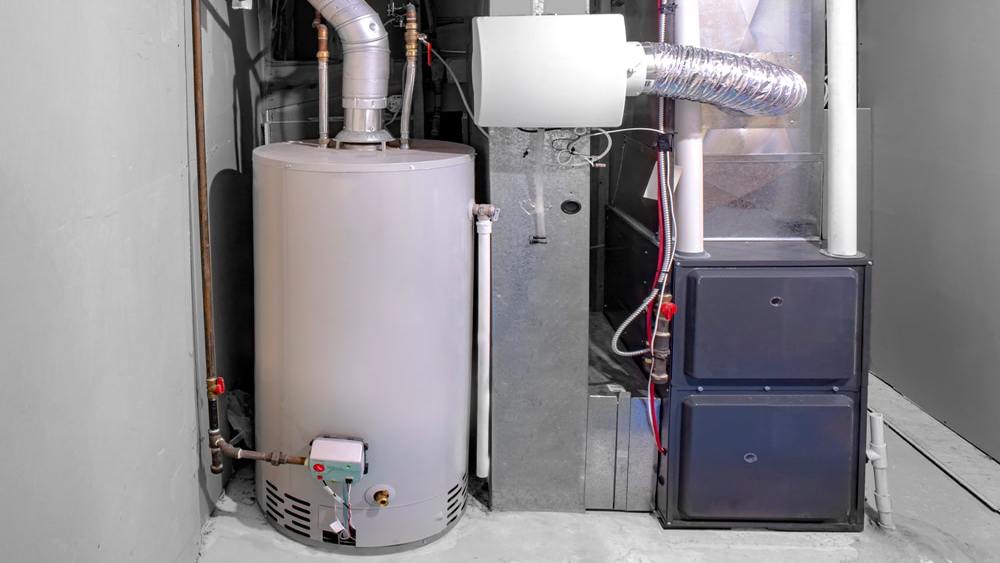The Ultimate Guide to Furnace Installation for a Cozy Home
Furnace installment is an important facet of preserving a comfortable home atmosphere, especially throughout the cooler months. As you think about these aspects, the question continues to be: what actions can you take to ensure your furnace serves you well for years to come?
Sorts Of Heating Systems

Gas heating systems are one of the most common choice because of their performance and lower functional expenses. They use gas or gas, supplying quick heating and regular performance, making them suitable for colder environments.
Electric furnaces, while normally much easier to install and keep, often tend to have higher operational costs. They are frequently favored in areas where gas solution is inaccessible or for homes with existing electric facilities.
Oil heating systems, though much less typical today, remain a practical choice in certain areas. They shed heating oil, which can be advantageous throughout cooler months, but their reliance on oil distribution postures potential difficulties.
Additionally, there are high-efficiency models readily available throughout these types, which can considerably decrease power usage and utility expenses - furnace installation. Inevitably, understanding these heater types will help house owners select a system that straightens with their heating requires, budget plan, and power choices
Selecting the Right Size
Picking the suitable dimension for a furnace is vital to ensuring optimal performance and power performance. A small heater will have a hard time to preserve comfy temperatures during the cold months, leading to boosted deterioration, greater power costs, and prospective system failure. Alternatively, a large heating system might cycle on and off as well frequently, resulting in inefficient heating and unequal temperature distribution within the home.
To identify the right heating system size, a computation called the Handbook J load estimation should be done. This process assesses numerous factors, including the square footage of the home, insulation levels, home window dimensions, and local climate conditions. This extensive evaluation guarantees that the heater meets the particular heating needs of the room.

Installation Process Overview
In regards to materials, you will require ductwork, insulation, and sealing tape to guarantee optimal air movement and energy efficiency - furnace installation. It is additionally vital to have a new furnace filter accessible, together with venting products, such as PVC pipe or metal flue, relying on the sort of furnace being mounted
Security equipment, consisting of gloves, safety glasses, and a face mask, is also critical to secure against dirt and debris throughout installation. Having all these devices and materials conveniently available not just streamlines the procedure but additionally enhances the safety and security and efficiency of the heater setup.
Upkeep Tips for Longevity
To guarantee the durability of your furnace, it is vital to execute a normal maintenance routine that addresses crucial parts of the system. Begin by changing or cleaning the air filter every one to 3 months, as a clogged filter can restrict air movement and decrease effectiveness. In addition, examine and cleanse the resource blower setting up to avoid dirt accumulation that can hinder performance.
Following, examine the thermostat settings and alter if essential to ensure precise temperature level law. Inspect the ductwork for leaks or obstructions, as this can bring about power loss and uneven heating. On a regular basis oil the motor and bearings according to the producer's suggestions to lessen damage.
Professional inspections ought to happen every year, where a certified professional can assess the furnace's overall condition, check for gas leaks, and guarantee that safety features are functioning properly. Take into consideration mounting a programmable thermostat why not try here to maximize power use and preserve constant home temperatures. By adopting these upkeep techniques, you can boost your heating system's effectiveness, expand its lifespan, and ultimately enjoy a cozy and comfy home setting.
Final Thought
